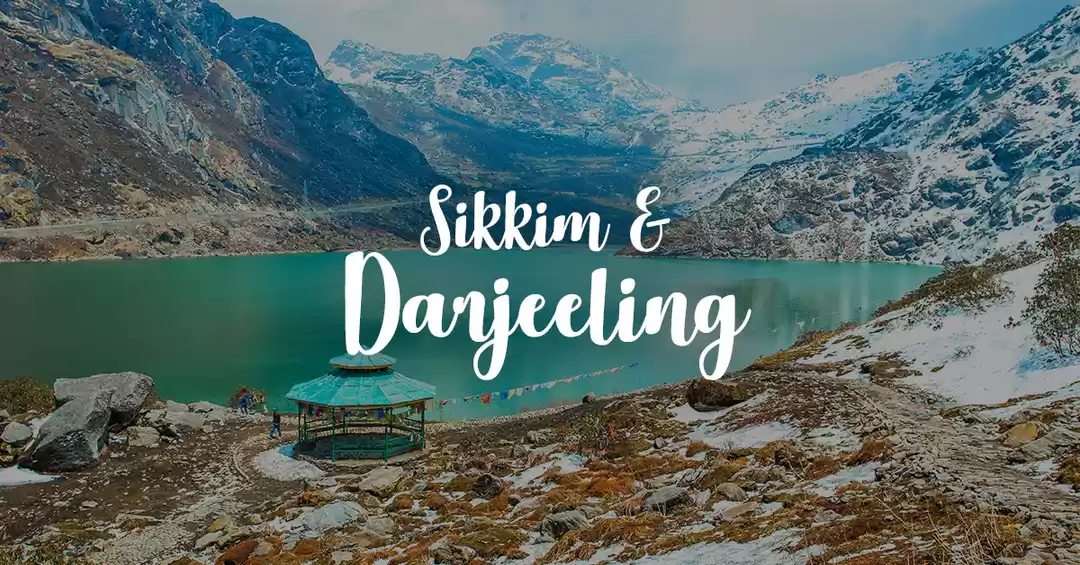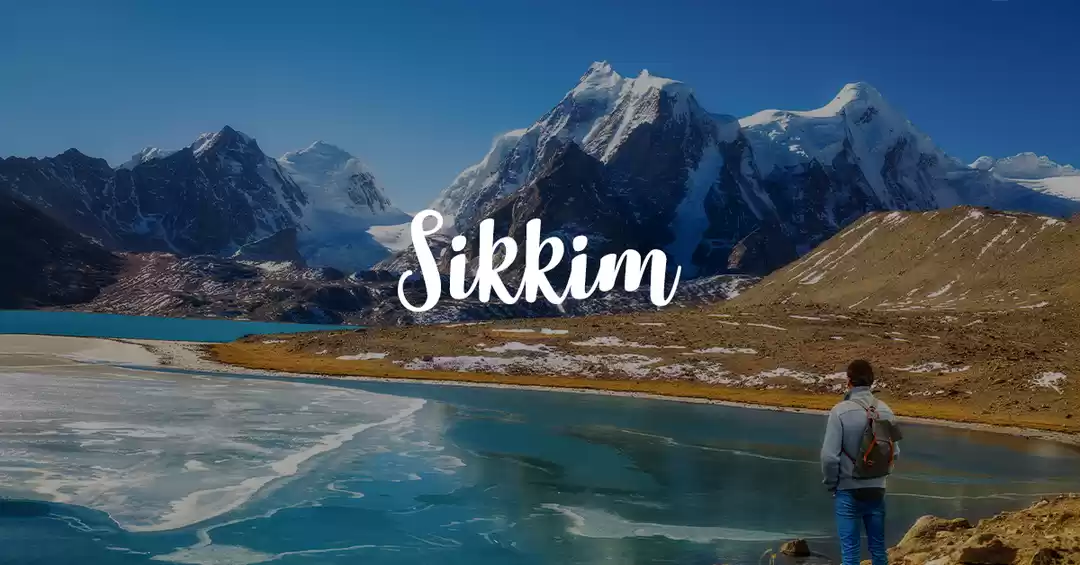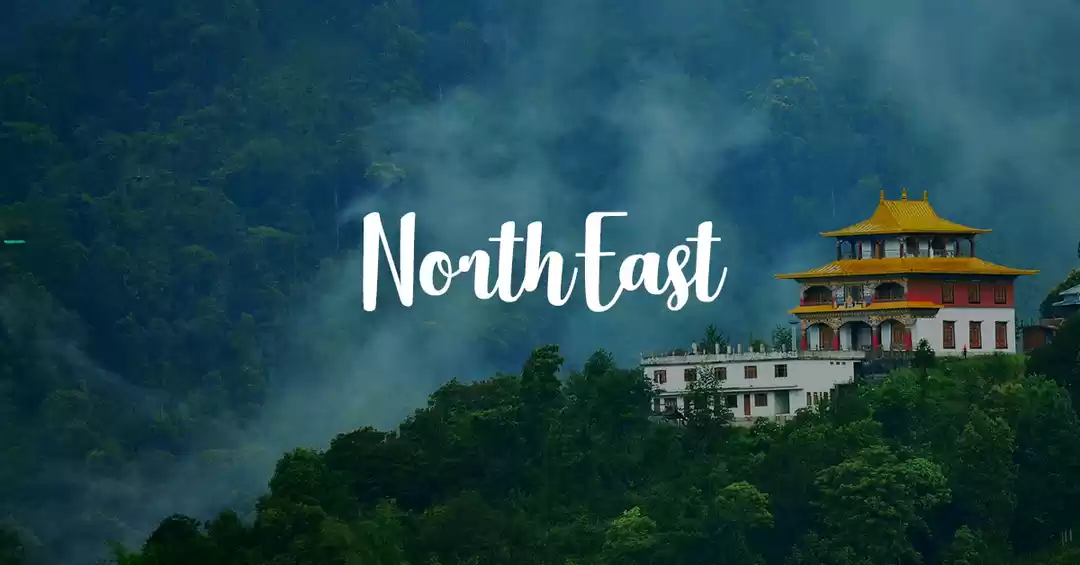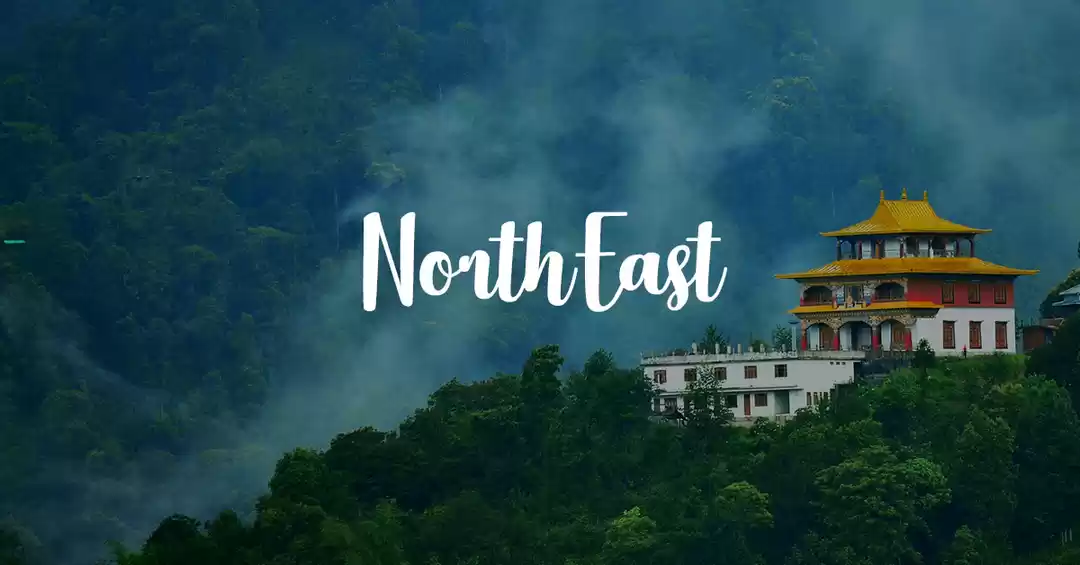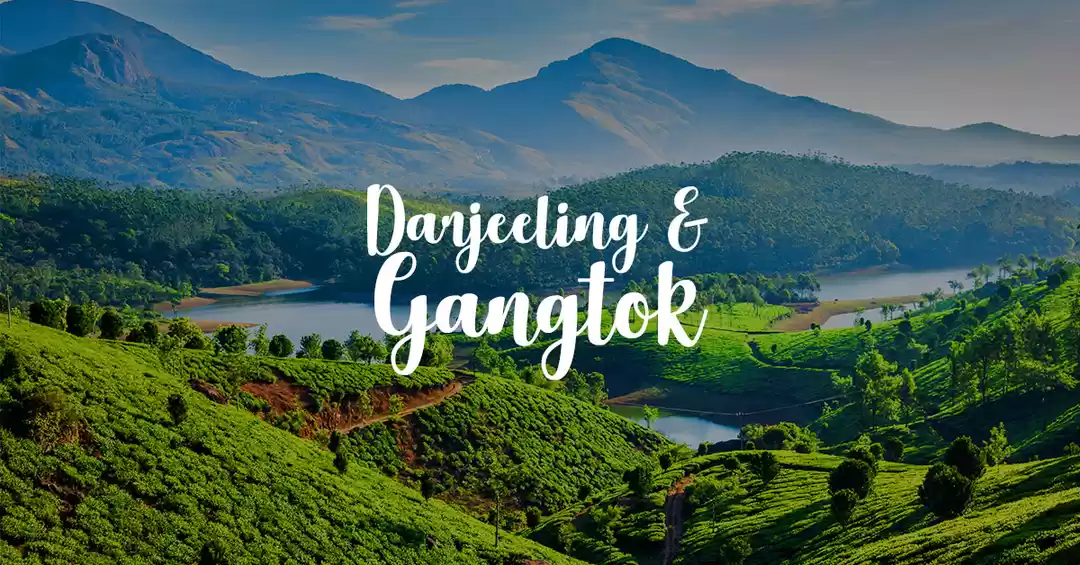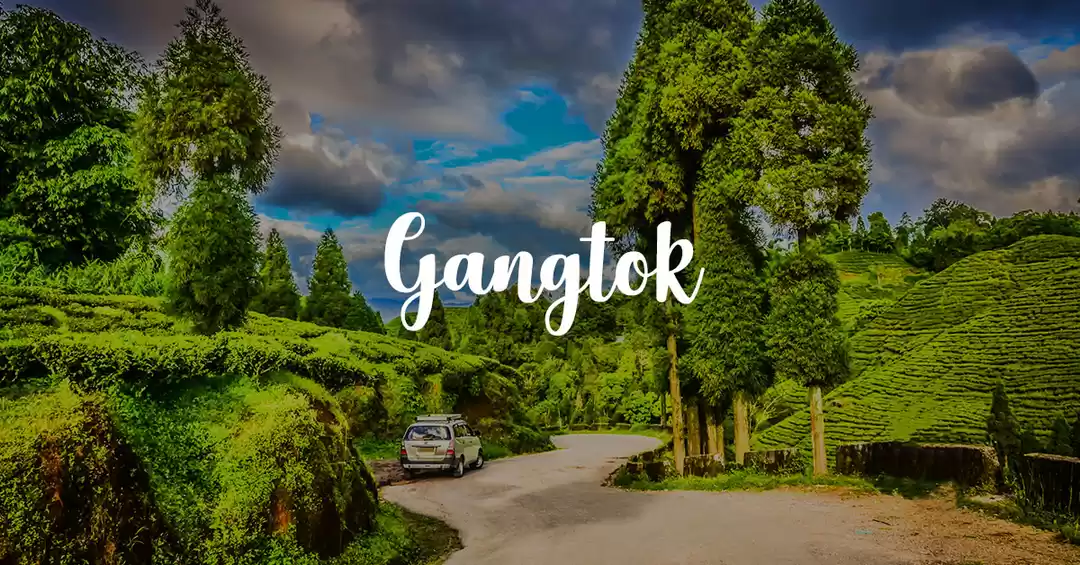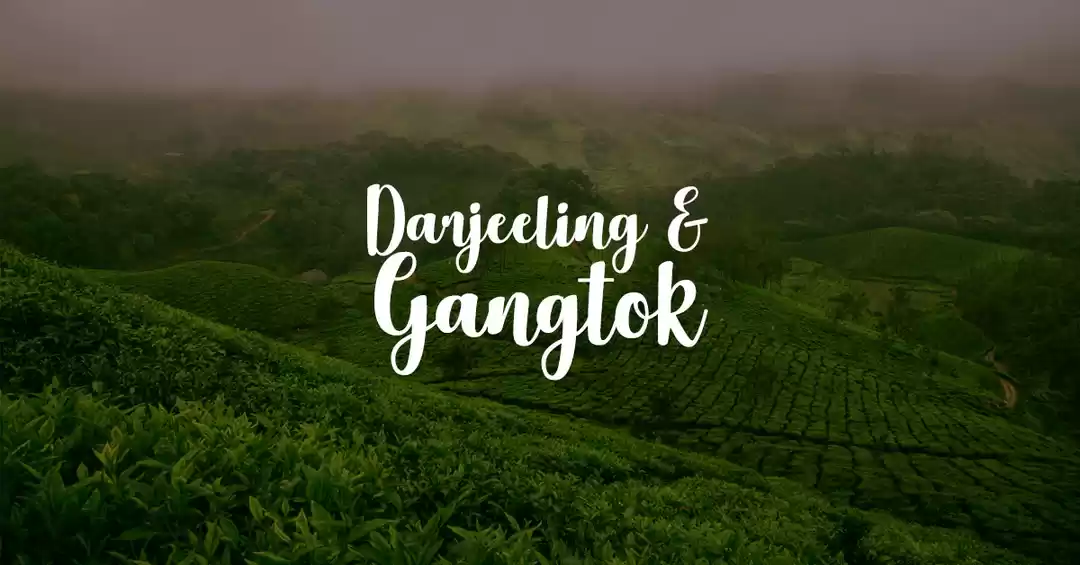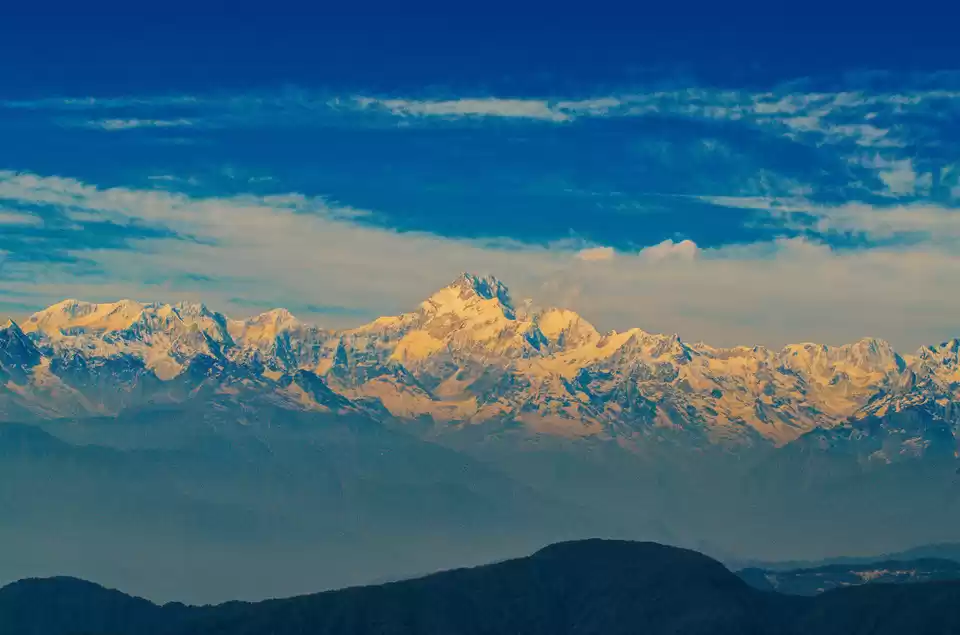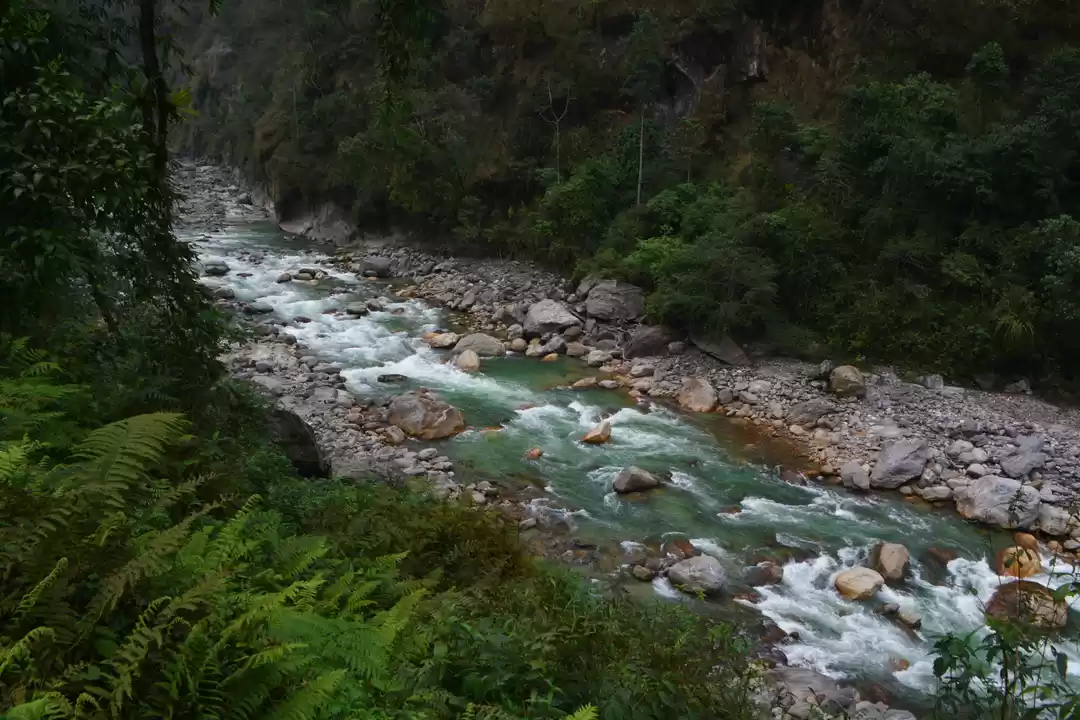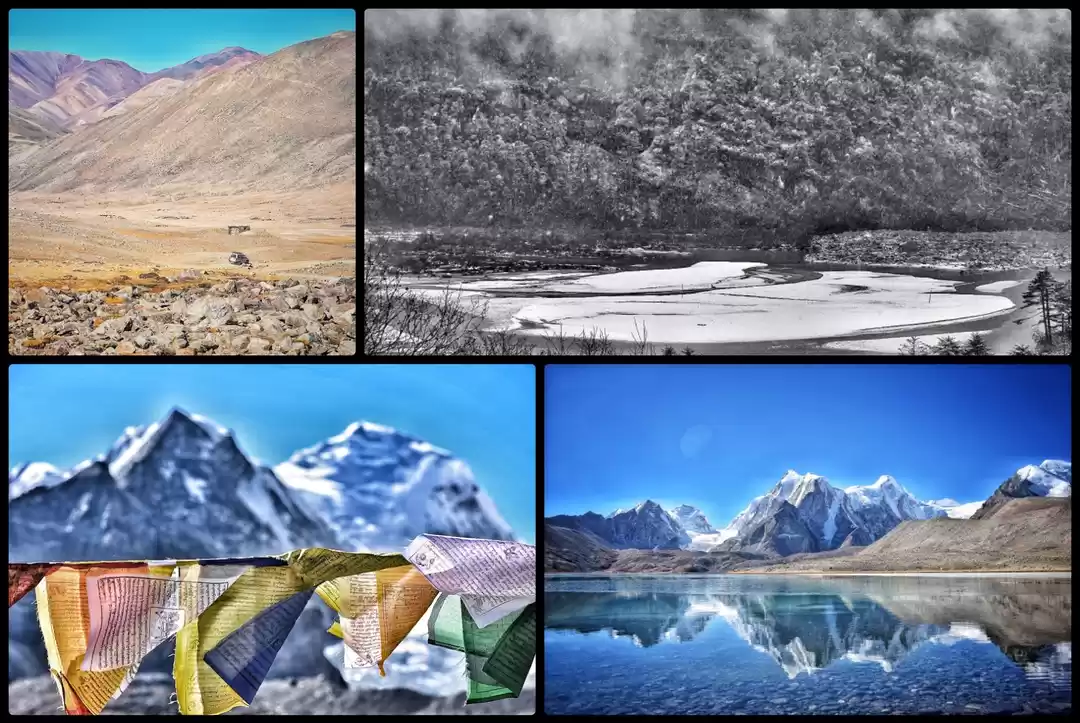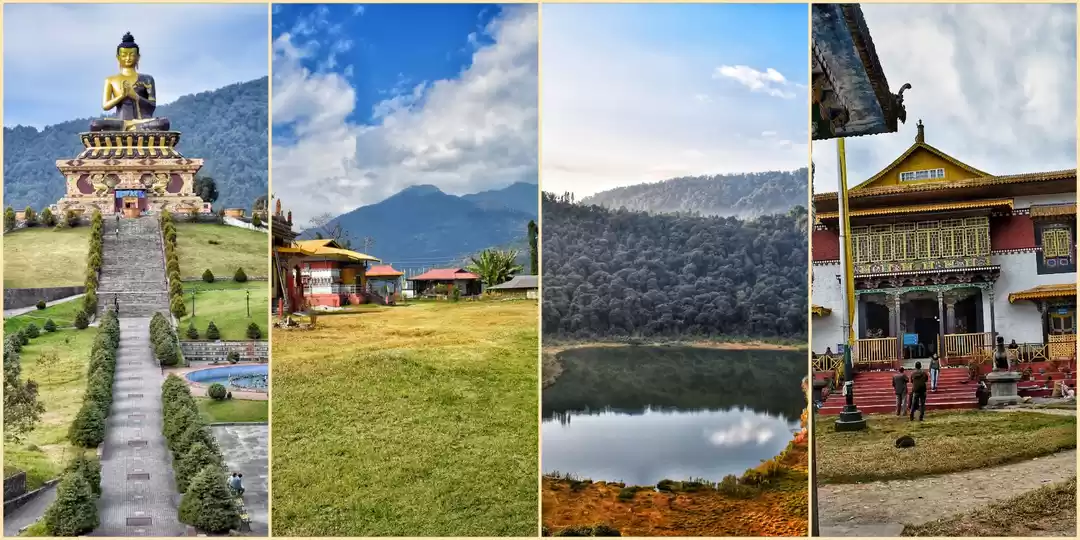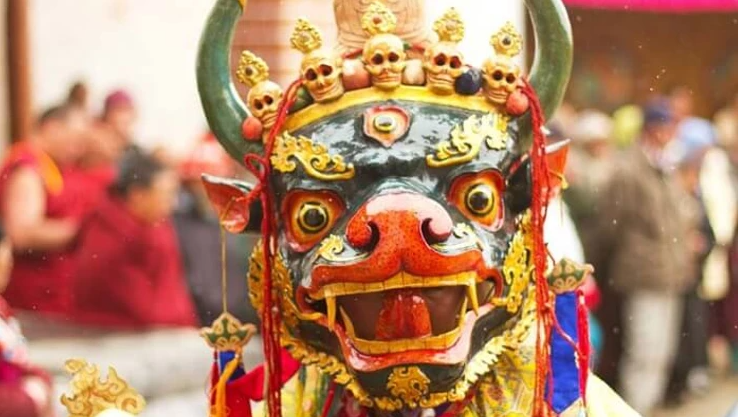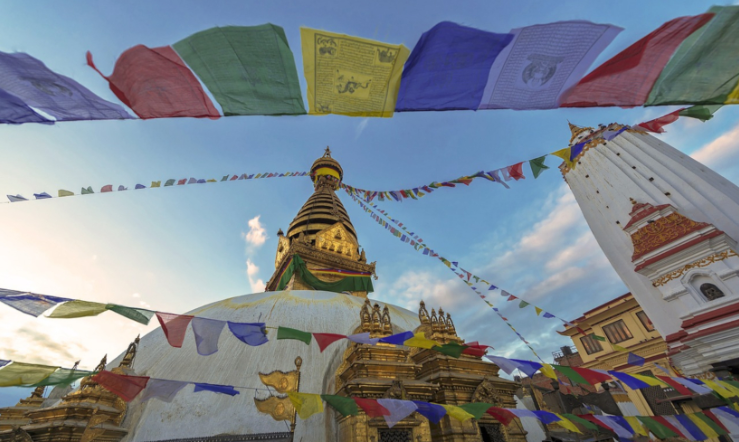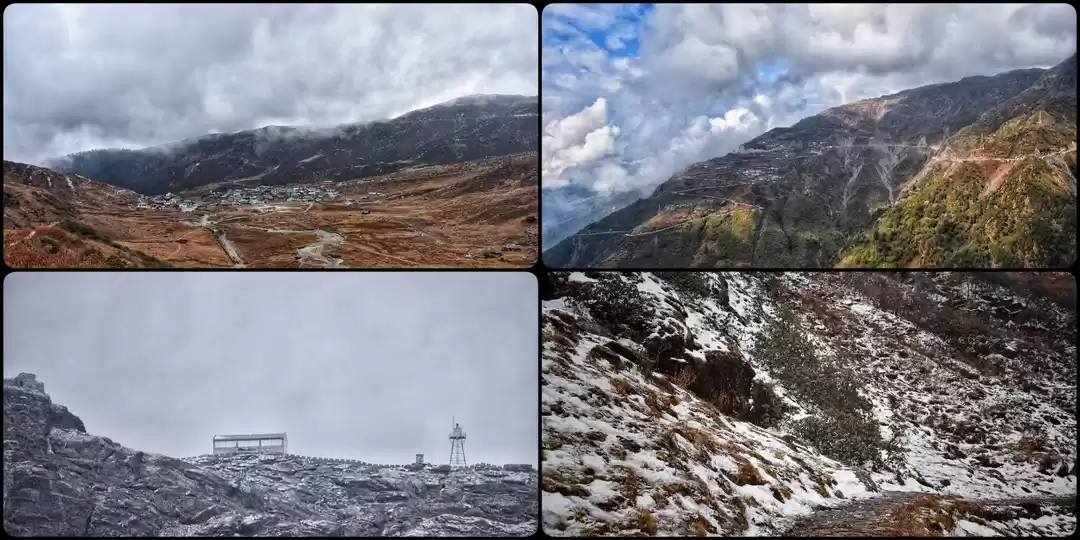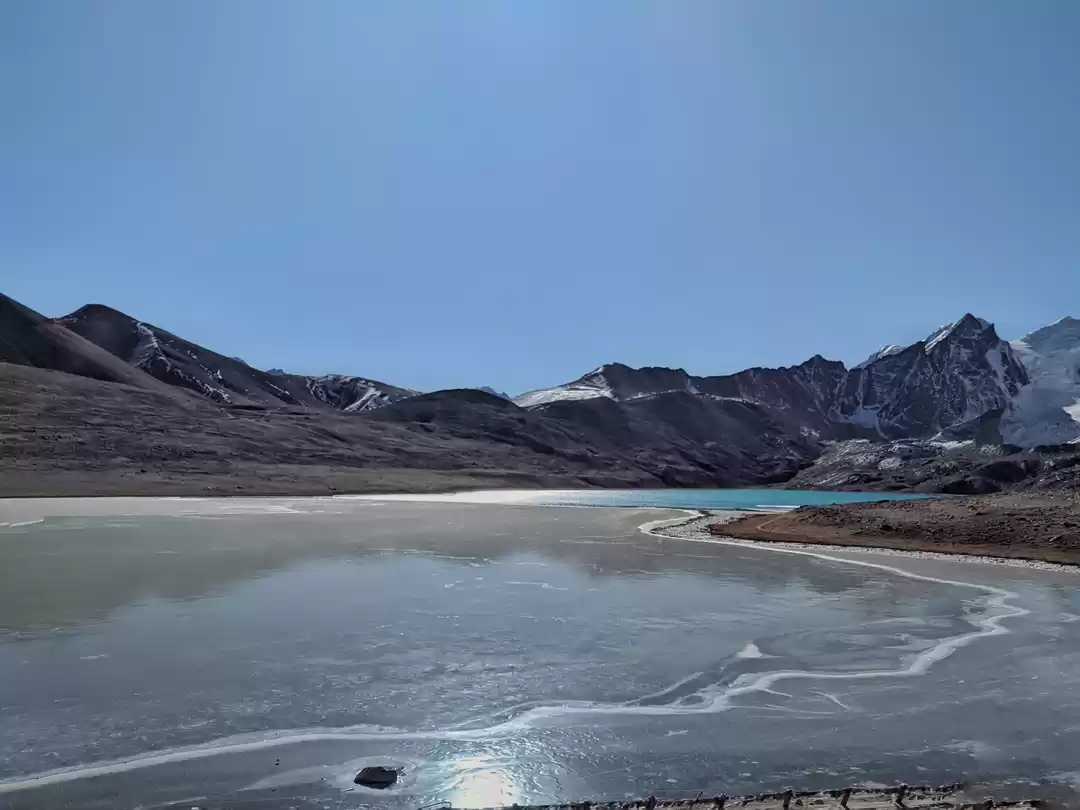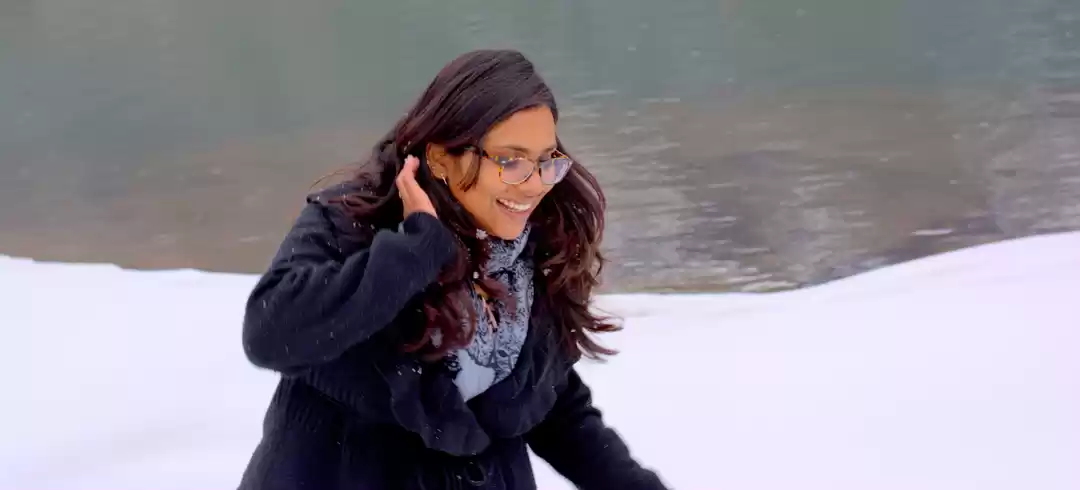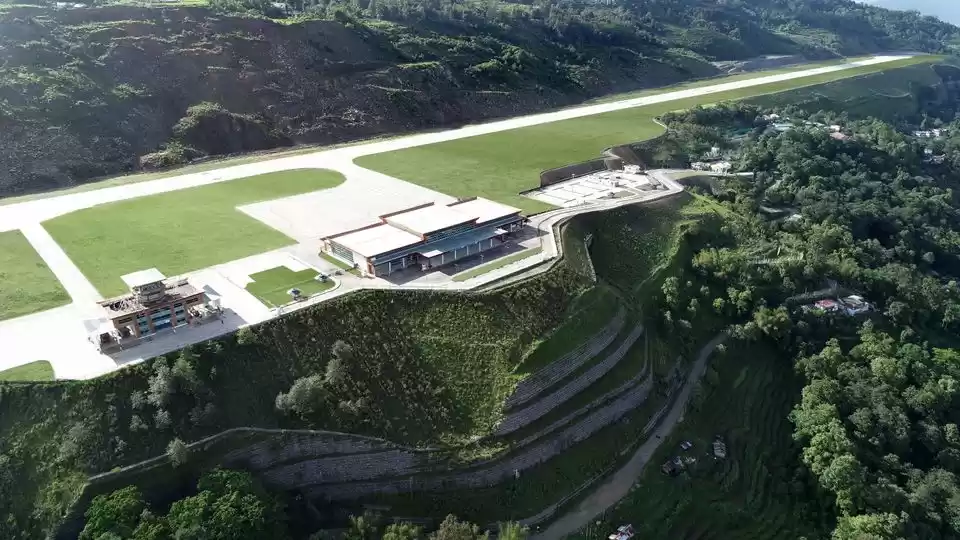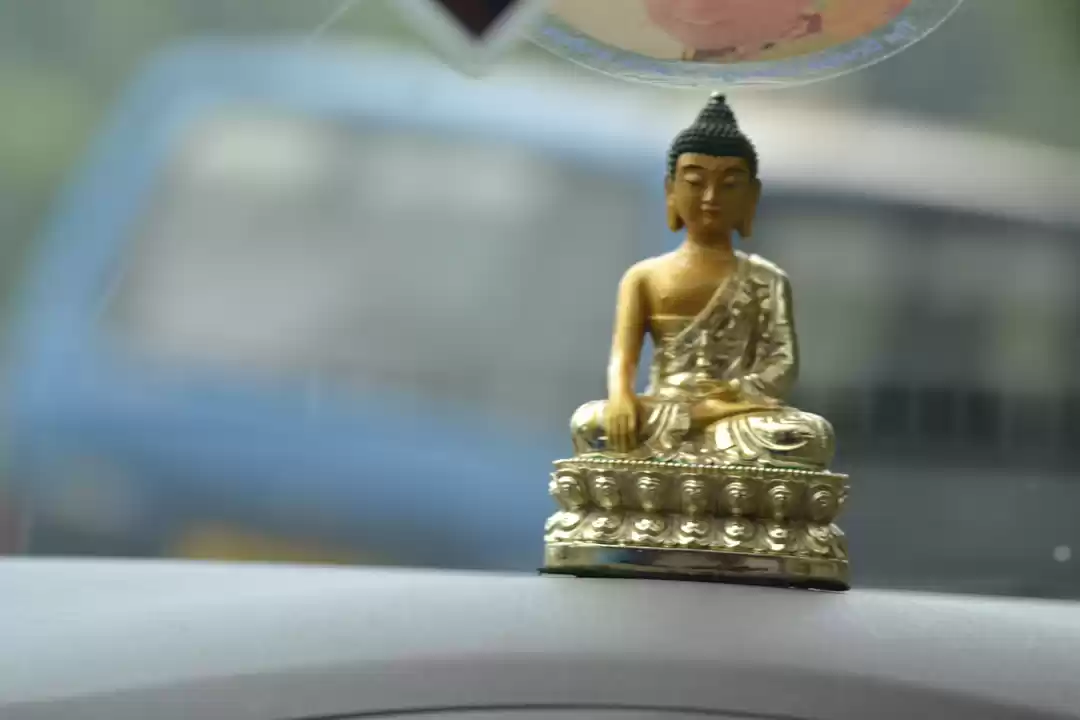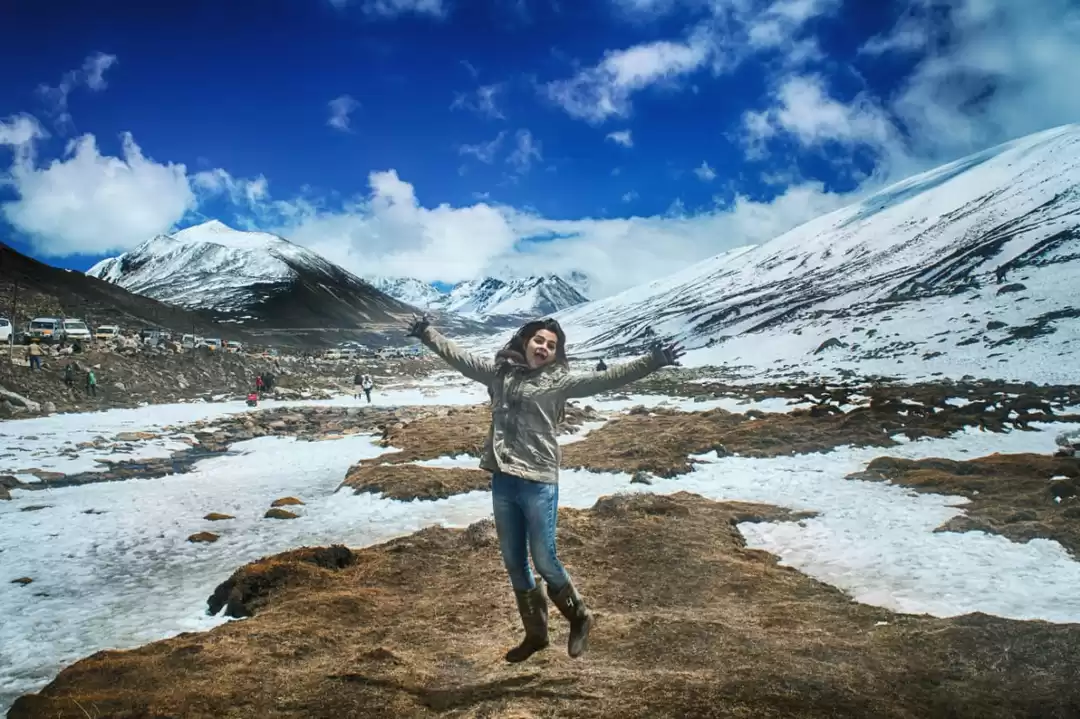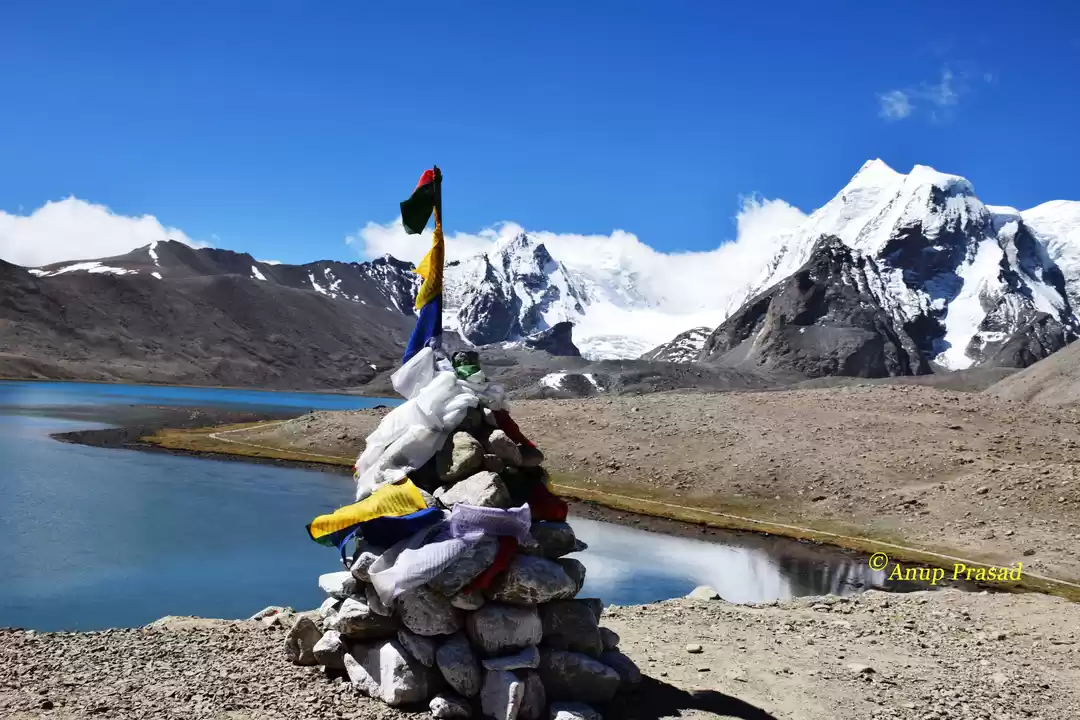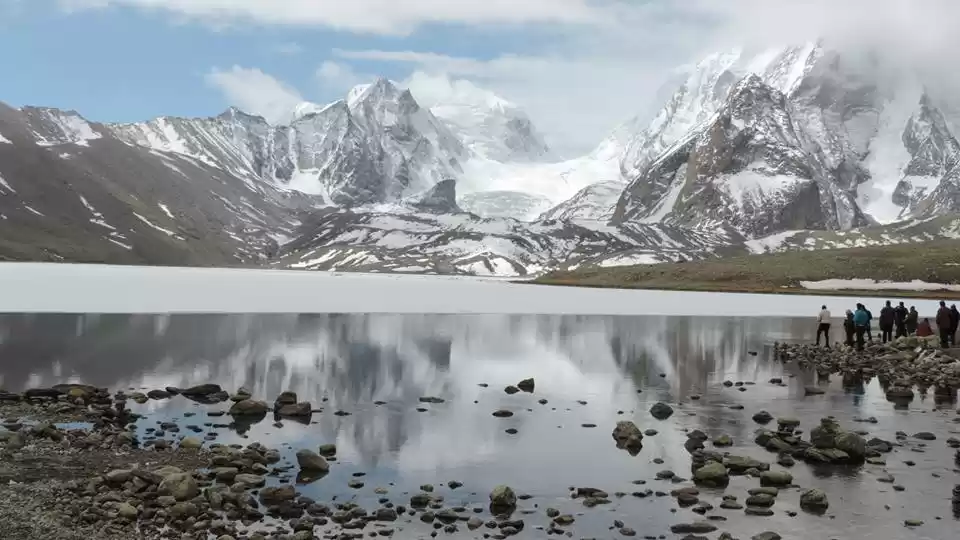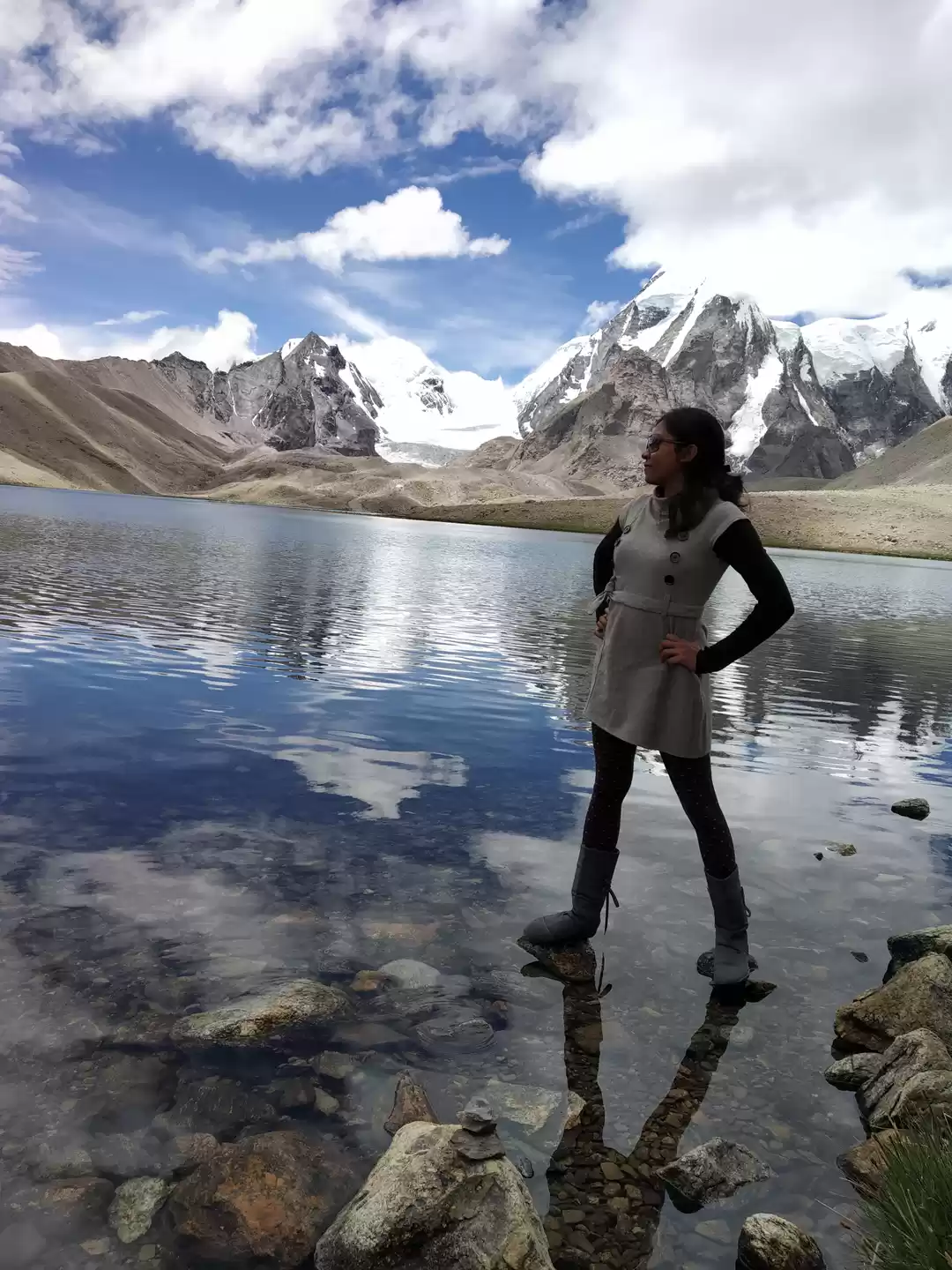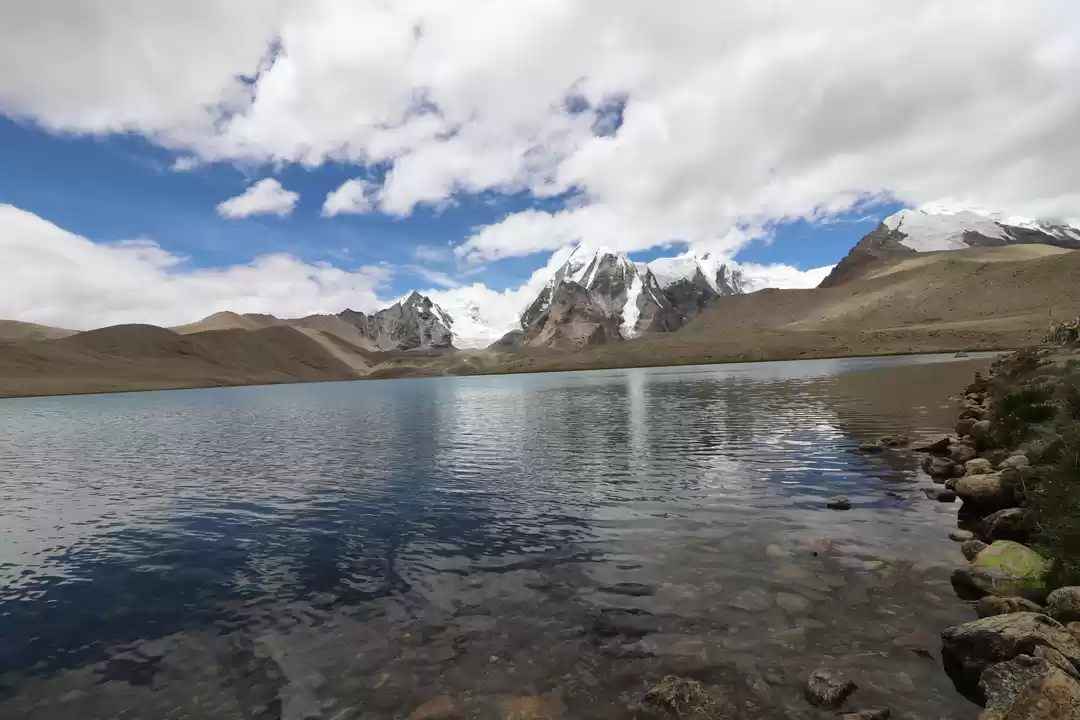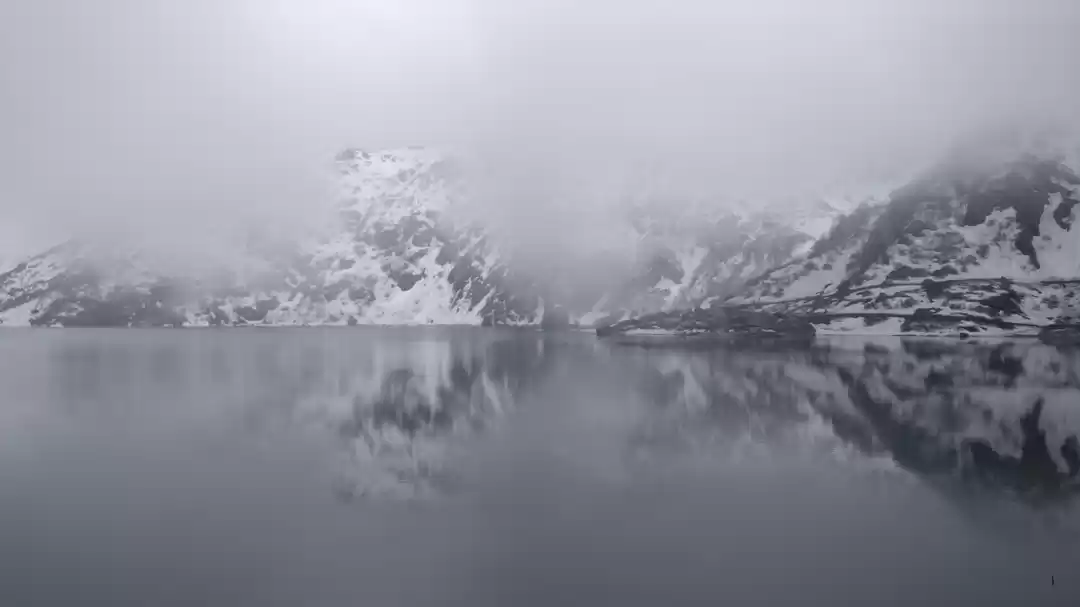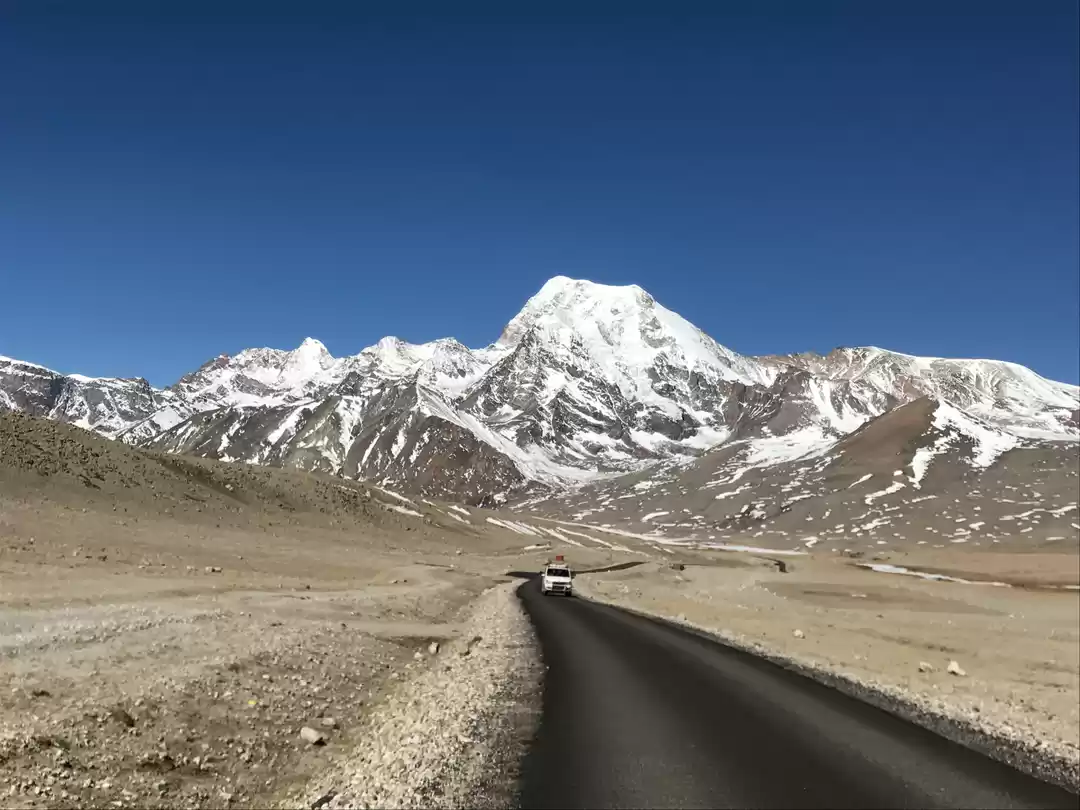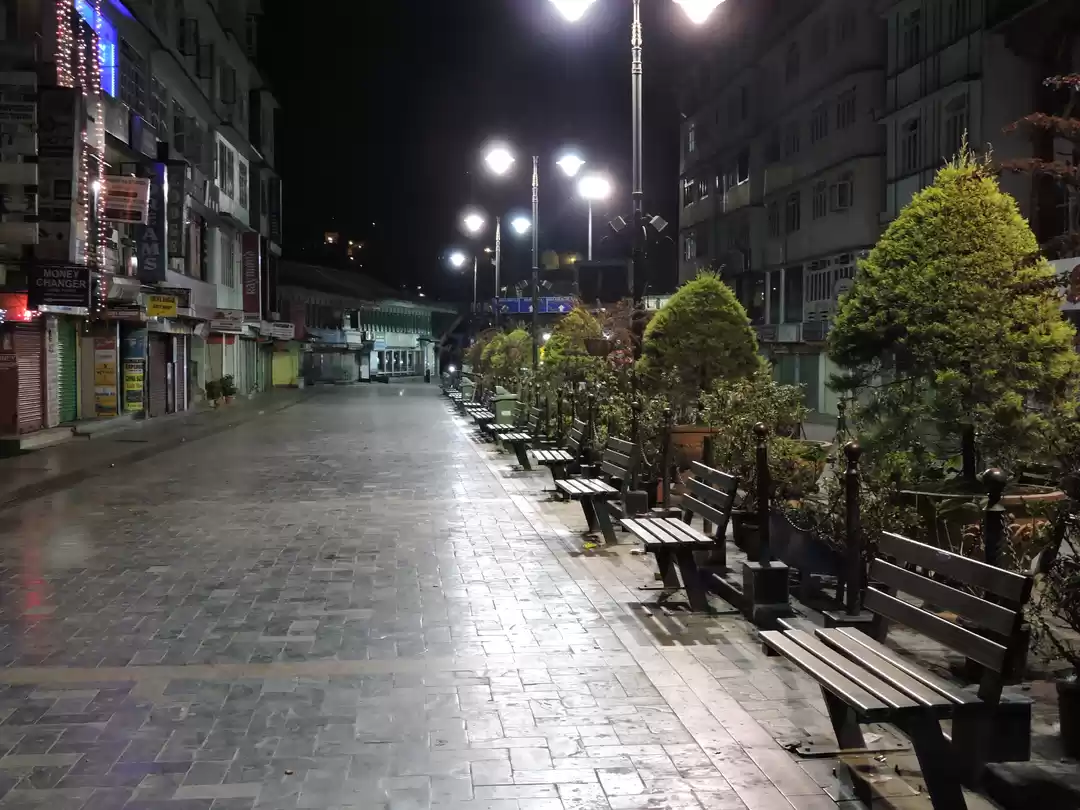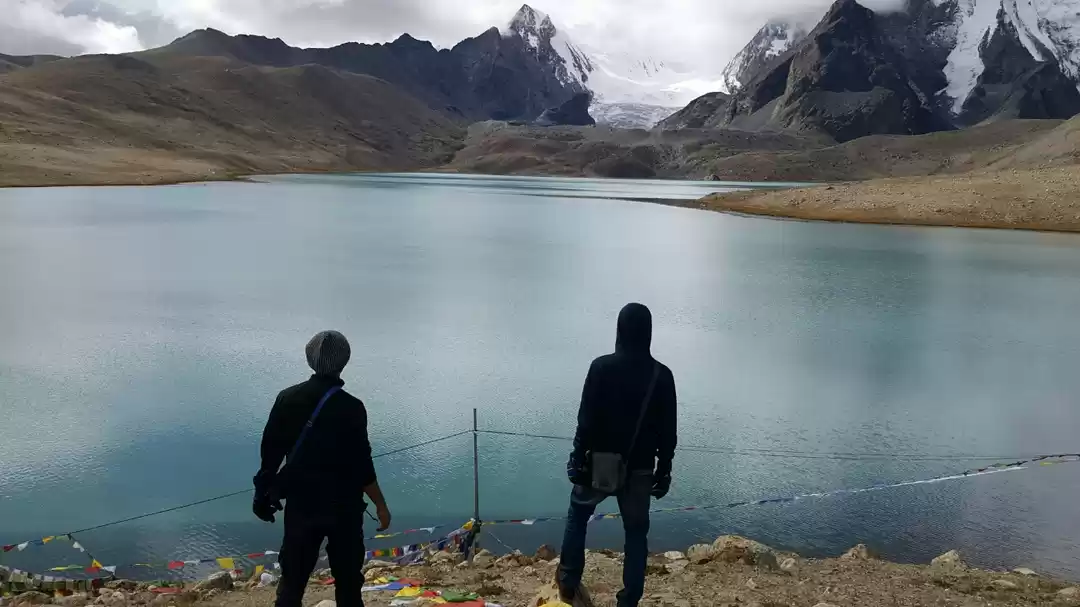
After spending two pleasant days at Gangtok (capital city of Sikkim), I traveled to Lachen, which is at the height of 10,000 ft from the sea. The area is full of cliffs and peaks. The peaks just jut out of the ground, and you won't see slopes; just walls of the high mountains rippled with forests and waterfalls.






Lachen is the only stop on the way to Lake Gurudongmar, and is at best, a gorgeous remote village nestled deep in the clouds. Little to no electricity, no reception, no hospital, not even a pharmacy. Also, it is hidden up high in the clouds, is freezing cold, and the army checkpoints don't allow anyone into town after dark (being in North Sikkim, all places described here fall under a special zone, as the Chinese border is close, and the army has a huge presence in the region). Talking of checkpoints, Indian citizens are supposed to get a permit from Gangtok before they travel up to the north district. I've heard different things about foreigner permits, some say it's possible, but the process is convoluted. Some say it's not.

We stopped at Thangu (a village in the north, not to be confused with Changu, a lake in East Sikkim), which is at 14,500 ft. That break in the road, along with Maggi and coffee was much needed. After an hr of resuming our climb upwards, we reached the final Indian Army checkpoint of our journey at 15000 ft. The café operated by the army here is considered to be one of the highest-built cafés around the world. The checkpoint comes right after we cross the tree line--an imaginary line beyond which, trees cannot grow. From here on, the only vegetation you'll notice is lots of moss and lichens. These too, disappear after a bit and you are left with barren Himalayan topography.



My stay at Lachen was fun! the lights went out soon after I reached (around 4 pm), and a candle was the only source of light/heat in the 3°c Himalayan cold. Plus, I had to leave for my next destination at 03.00 am in the morning. After a simple meal, I soon fell asleep as the travel to Lachen was arduous, lasted almost 6hrs, through roads that are, well, non-existent in most places.

Waking up at 2 am and dragging myself into the shower in that temperature might be one of the most difficult things I might've done. The agenda was to climb up to a height of 18,000 ft to see a hidden Himalayan jewel: Lake Gurudongmar.
My trustworthy driver drives through the darkness of the night, up and down several mountains, across roads washed by massive waterfalls, and on roads that are no wider than 5 ft. All this while I am trying to figure out what's going on based on the sounds I hear in the pitch dark. I remember stopping to fill my canteen with water from a small trickly waterfall, only to empty it after the first sip realizing it's full of twigs! I waited until sunrise in order to refill my canteen again.
With the first rays of sunlight, we realized we had moved from cloud forests to Alpine heights. Peaks laden with snow could be glimpsed every now and then.



From here on, the landscape changes drastically. We reach a table land right out of a Tibetan fairytale. Vast arid stretches, guarded by massive monolithic stone mountains, topped with copious amounts of snow. The temperature was 1°c, and the air was quite thin.
Kids below 8 years and people older than 60 years are not allowed to pass the checkpoint for their own wellbeing. People feeling giddy, nauseous, and weak are a common sight at the army checkpoint. The army personnel often look for people with these signs and ask them to return immediately. Here's why: after crossing the checkpoint, you reach the lake in an hour, but in this hour, you manage to climb the remaining 2500 ft.
After the checkpoint, the road is fantastic! You go through bends and turns in the arid desert with the peaks to give you company. Drivers often don't stop here for pictures as access to the lake is provided only for a few hours in the early morning. (Remember we left Lachen at 3 AM? We reached Gurudongmar around 8.30 AM)
But all this trouble is so worth it! The first sight of the lake fills you with wonder: a jade-blue lake fed by glaciers and changes color every now and then. You might actually not believe your eyes that such a place exists.
Ideally, the lake should've been frozen, but according to local folklore, the lake was a gift to mankind, and never freezes completely. Even in the harshest of winters, a part of the lake is always liquid.
The sun was playing peekaboo, so the lake was switching between squalid gray and brilliant blue! I took a small hike around the small hills in the area--something that most tourists don't undertake considering the effort required to perform simple tasks at such high altitudes.
It was during this hike, that I came across a Buddhist couple, who were circumambulating the lake. Mind you, the lake is huge! It takes around 3 hours for the fit, acclimatized locals to go around the lake. I sat with the Buddhist couple to understand the importance of the lake. They told me the legend of a Rinpoche, who traveled to this part of the hills to meditate and attain nirvana. Upon achieving Nirvana, the monk decided to become the lake itself to help other souls break free. Visitors who come to the lake in piety and circumambulate the lake consider their sins 'absorbed' by the great Rinpoche who the lake represents.




After speaking to the couple for 30 minutes at a distant corner of the lake, I walked back to my taxi to start our return journey towards Lachen, and then on to Lachung, the gateway to another splendid place in the Himalayas. More updates on that soon. :)


Frequent searches leading to this page:-
gangtok family tour package, gangtok trip itinerary, pelling gangtok tour, darjeeling gangtok nathula tour package, gangtok tourism packages prices, sikkim gangtok and darjeeling, gangtok and north sikkim tour package, sikkim darjeeling gangtok tour package from chennai, gangtok honeymoon trip, 3 night 4 days gangtok tour package, gangtok lachung lachen package tour cost, thomas cook gangtok









